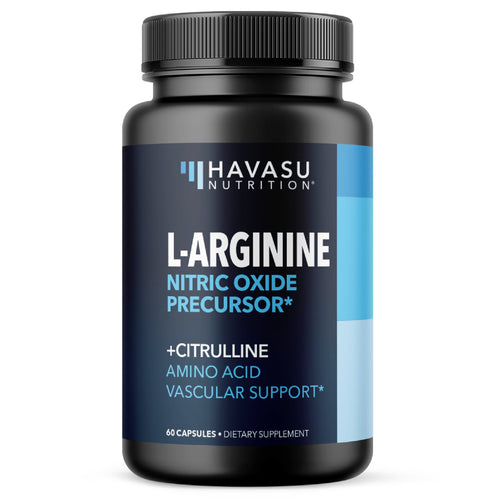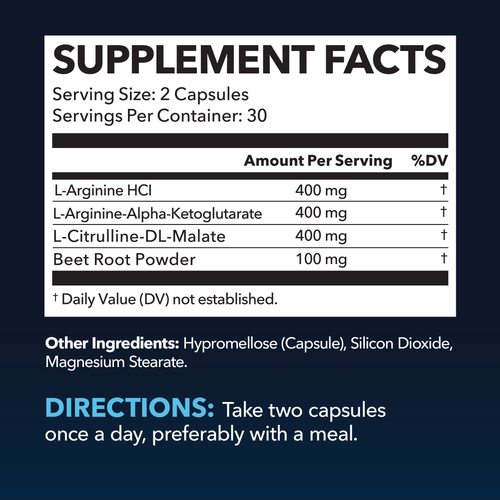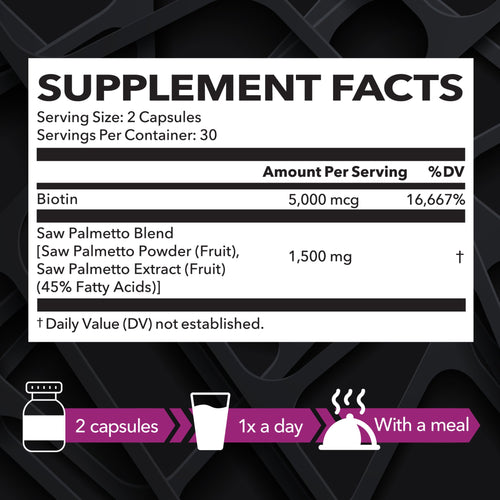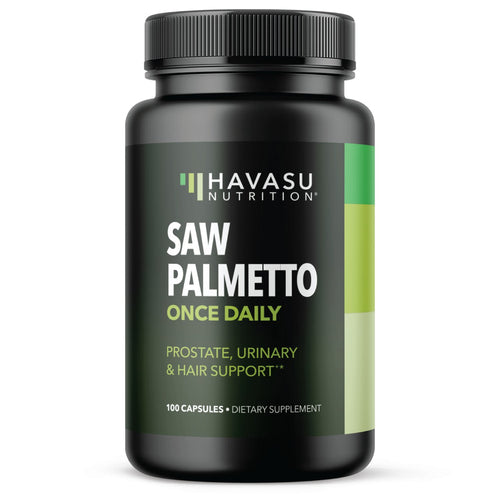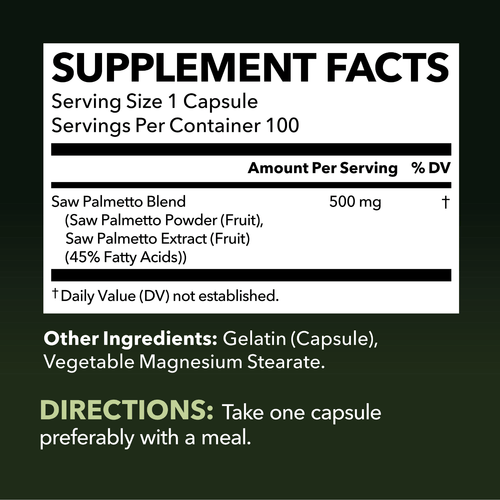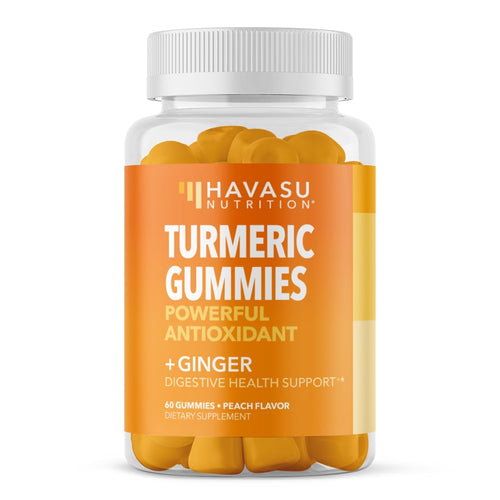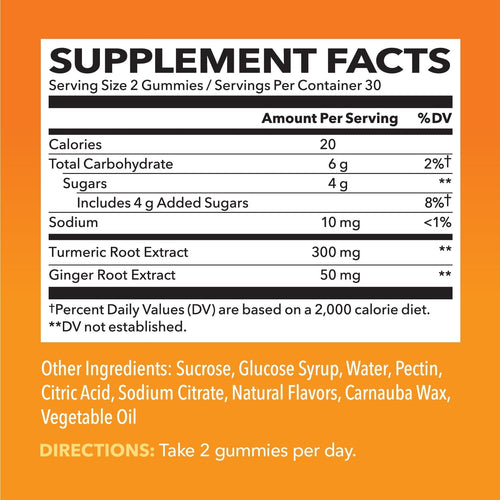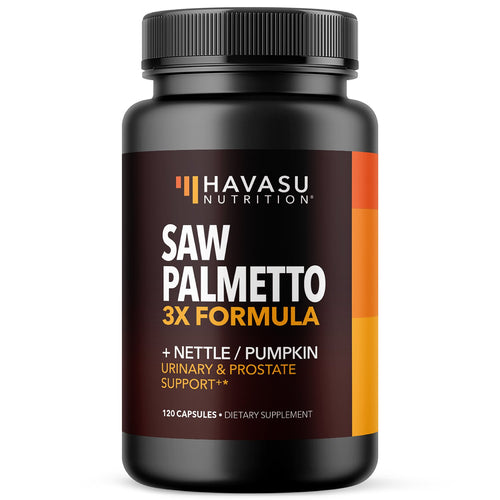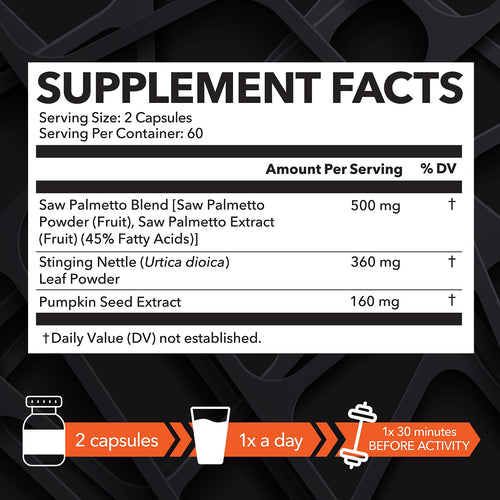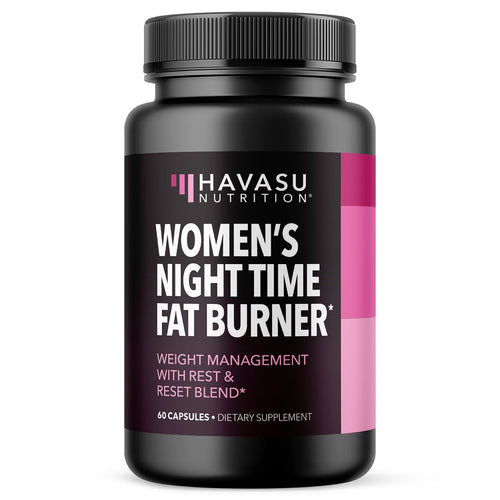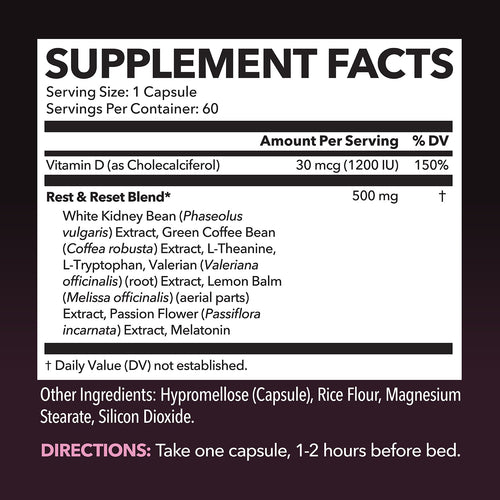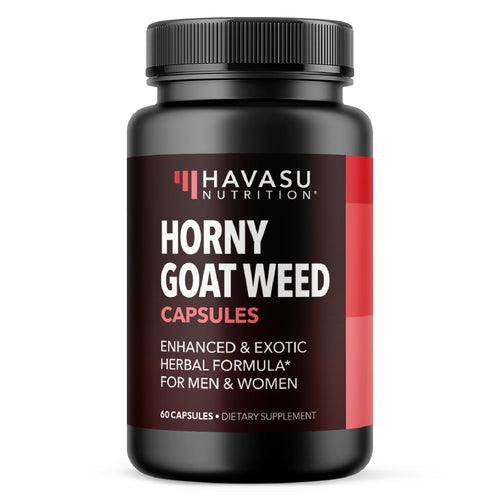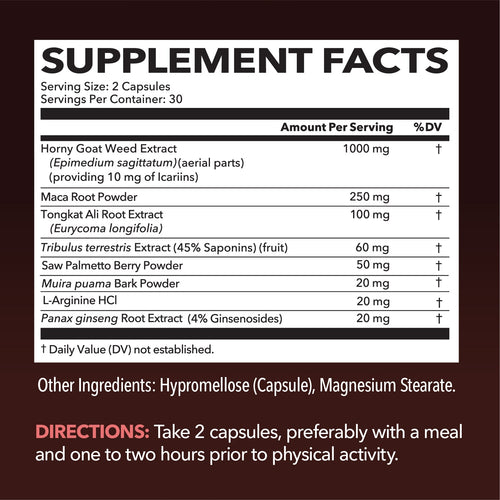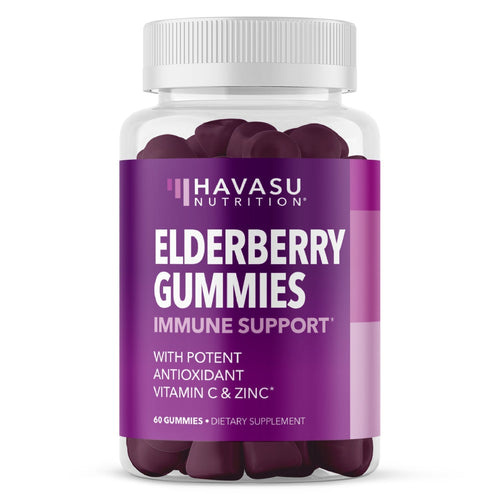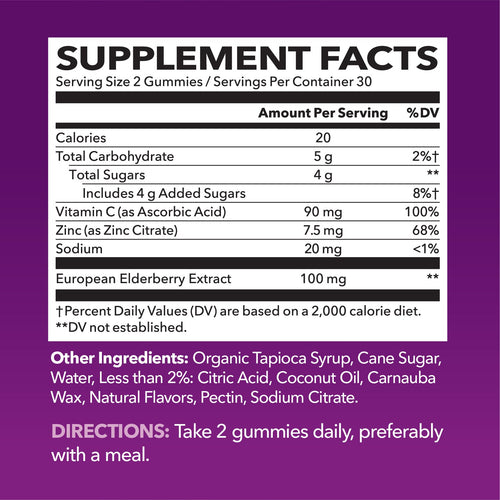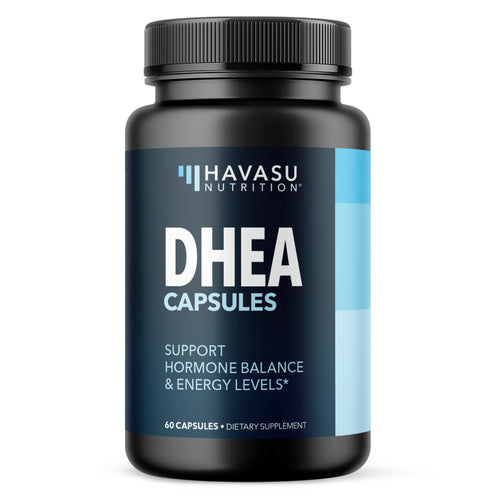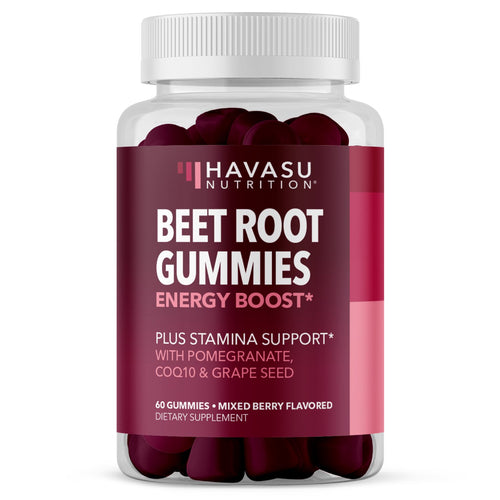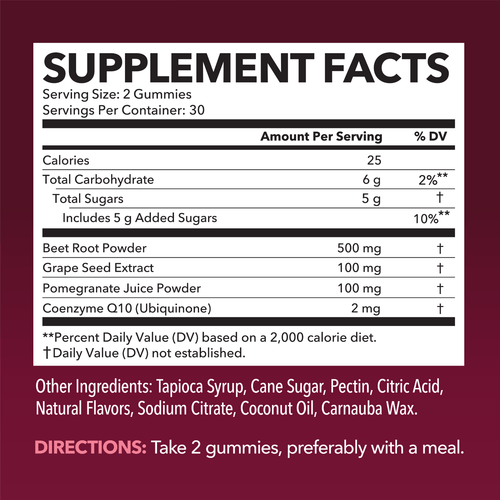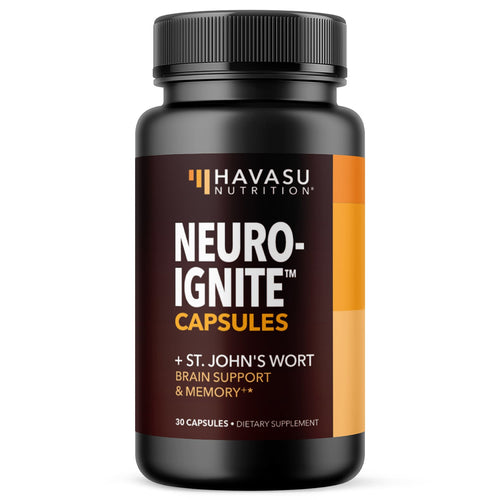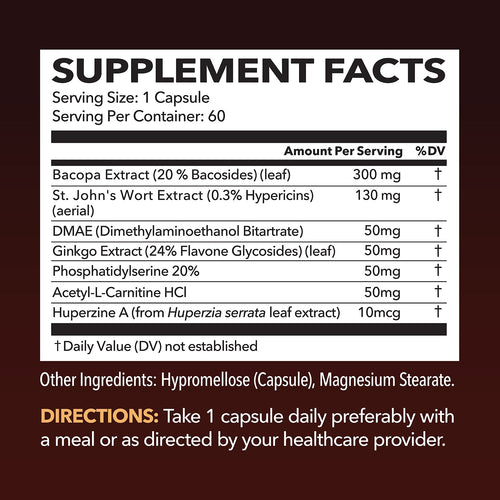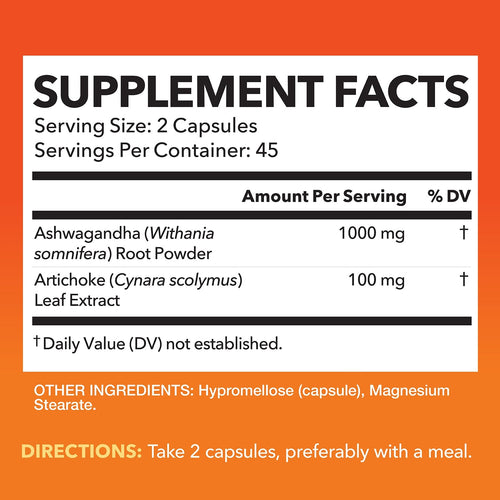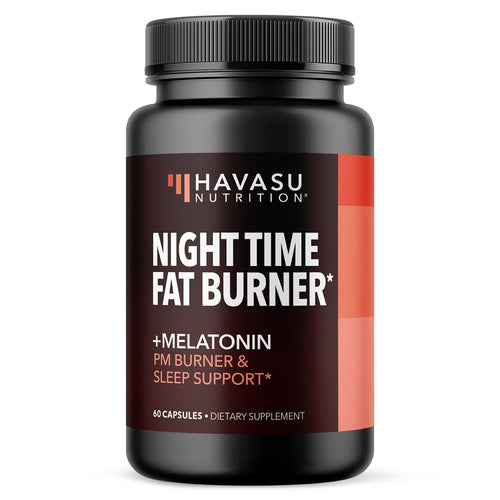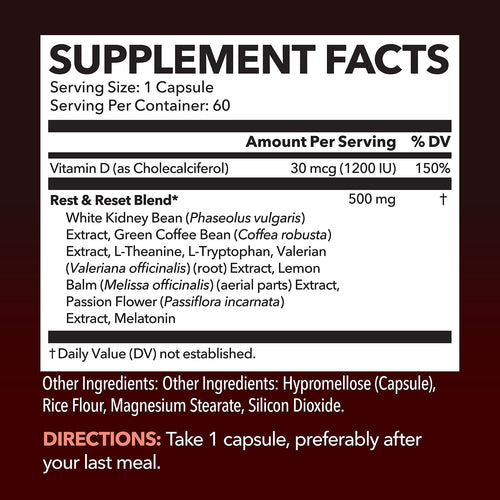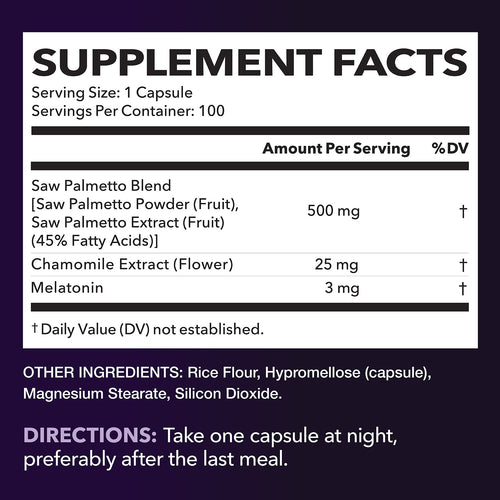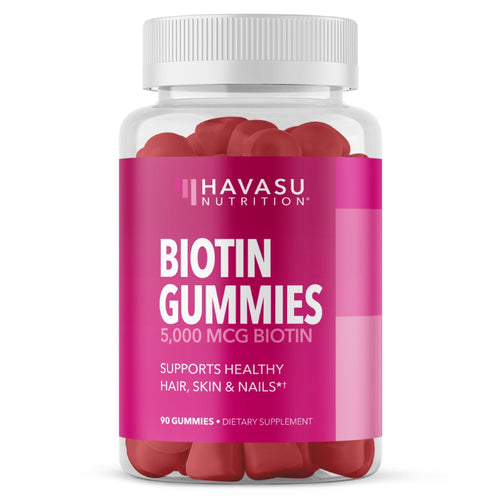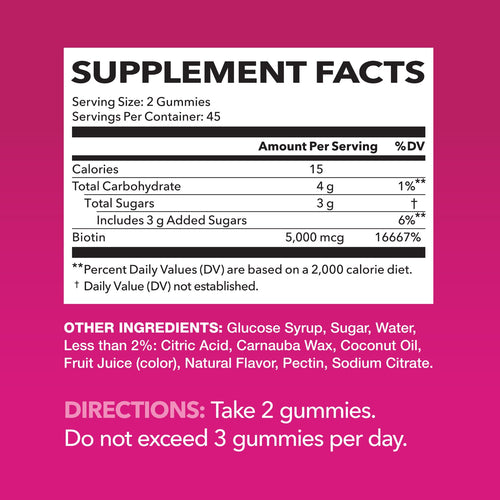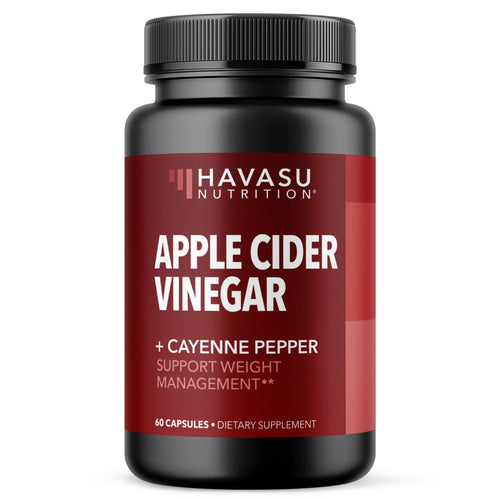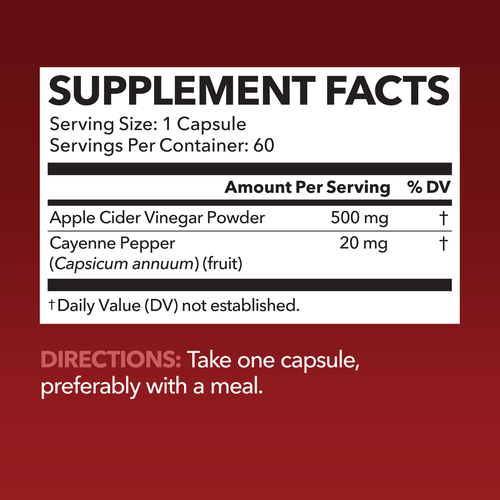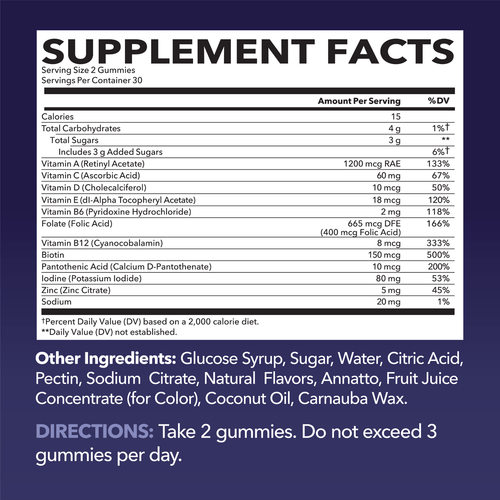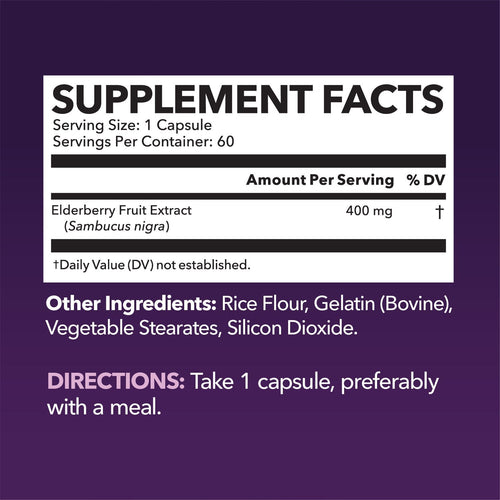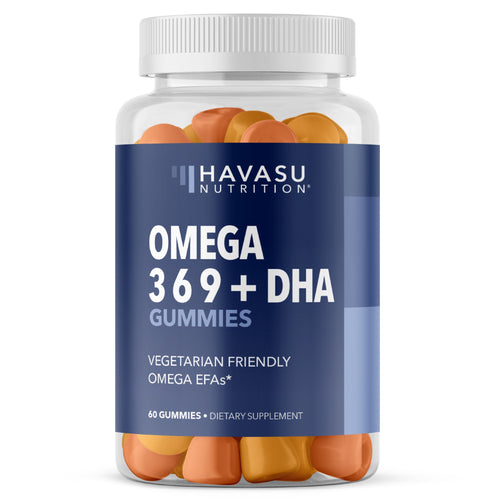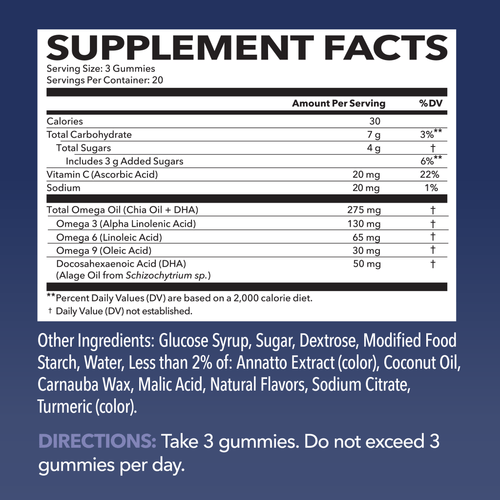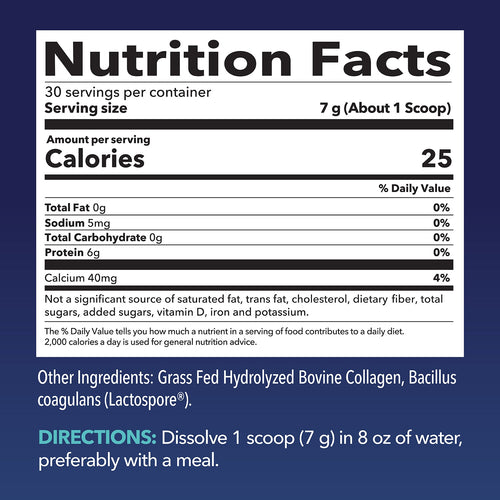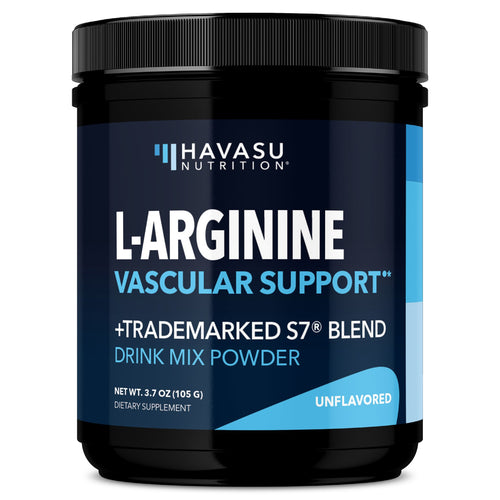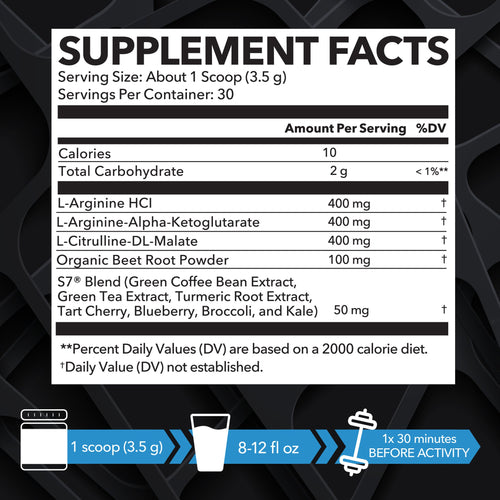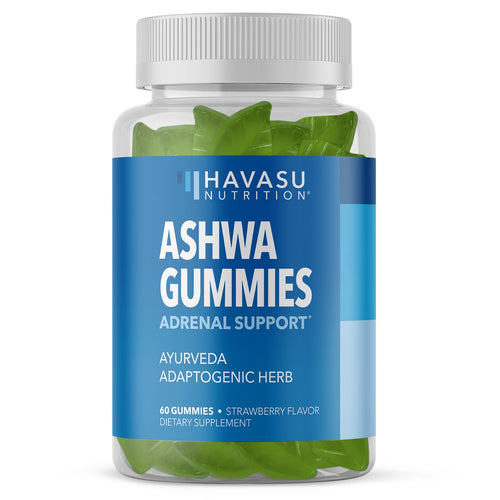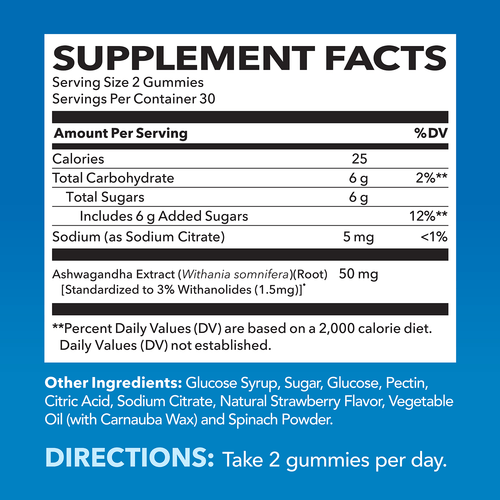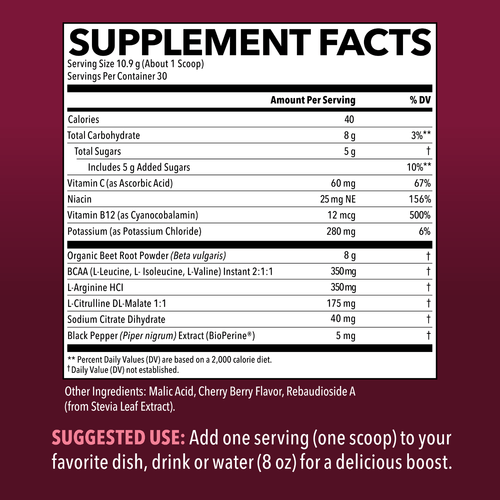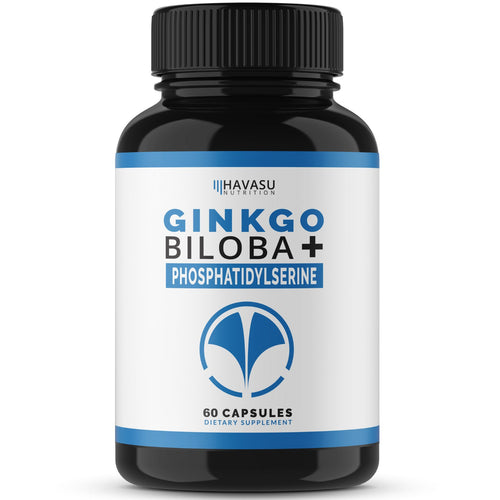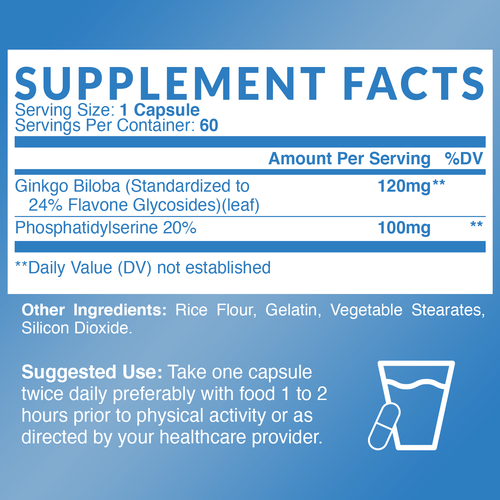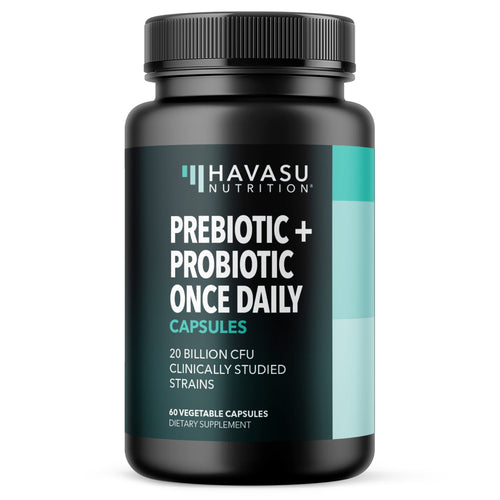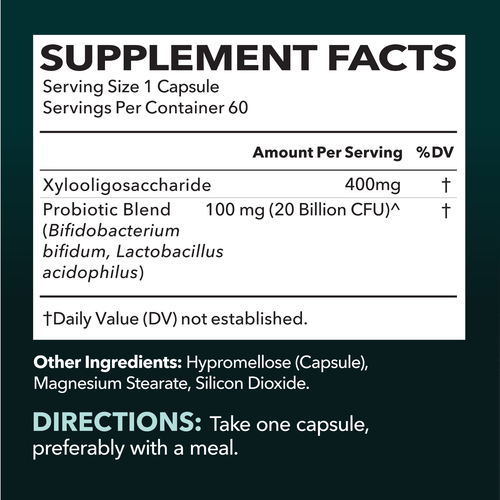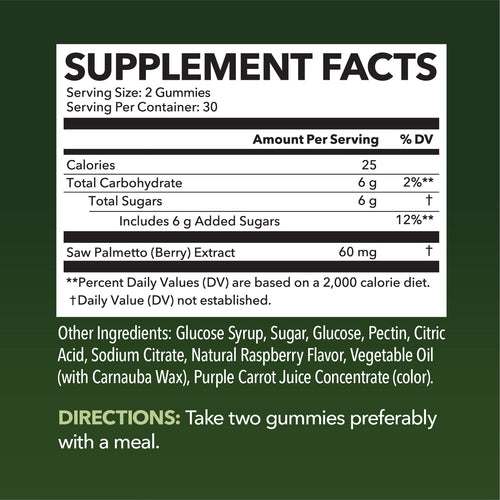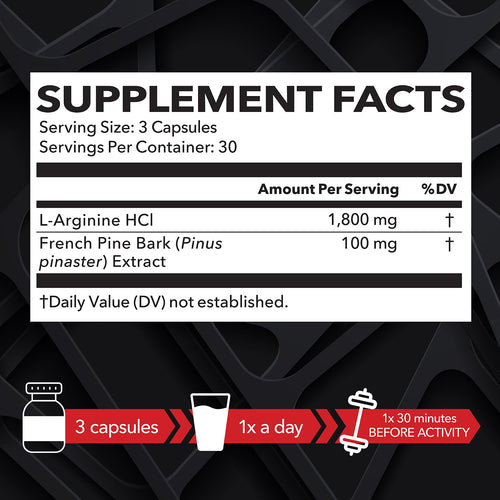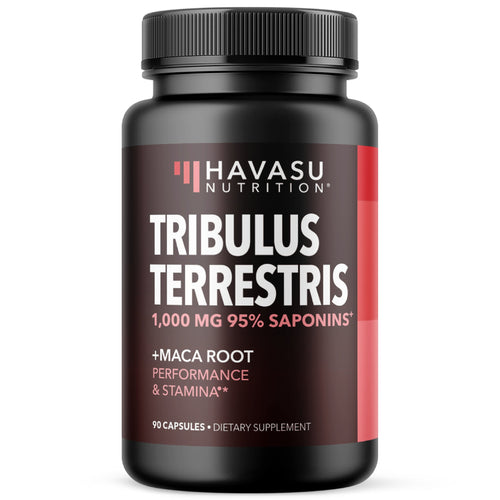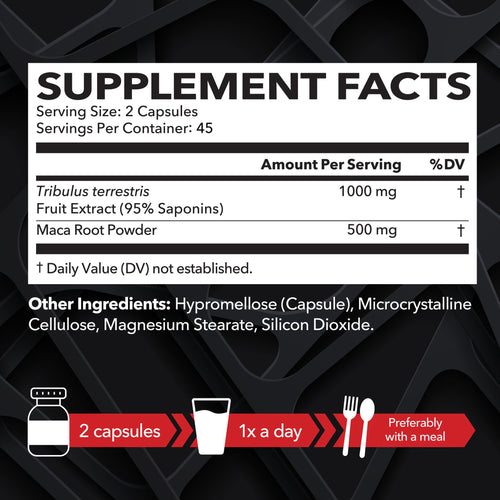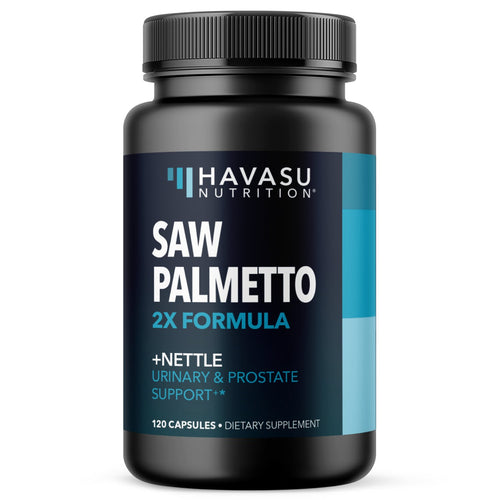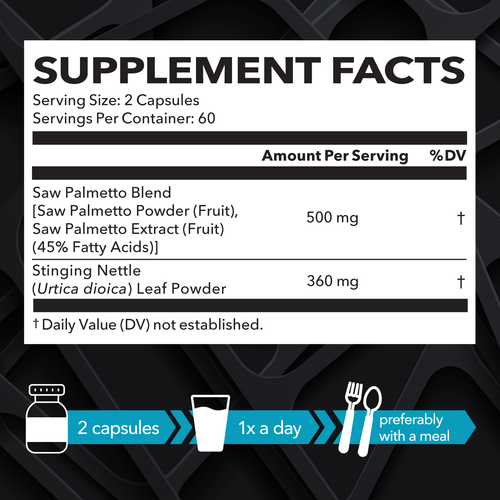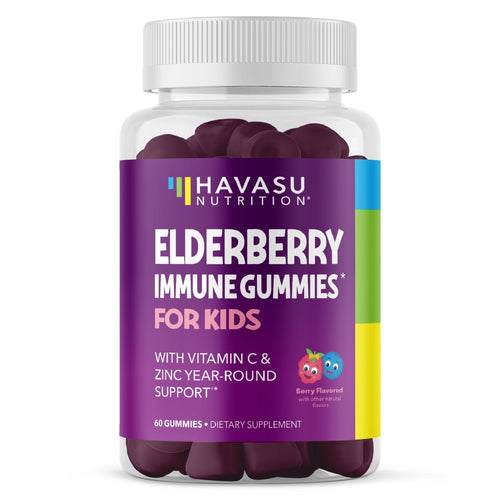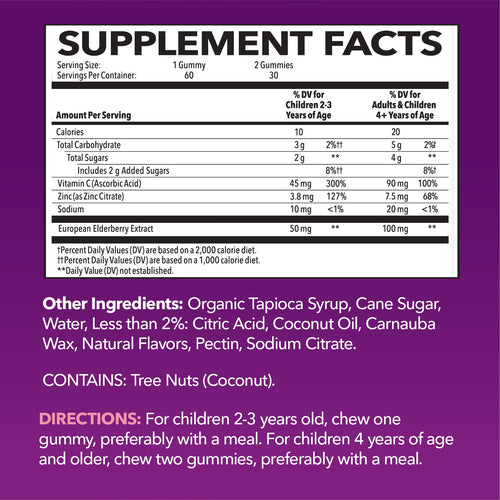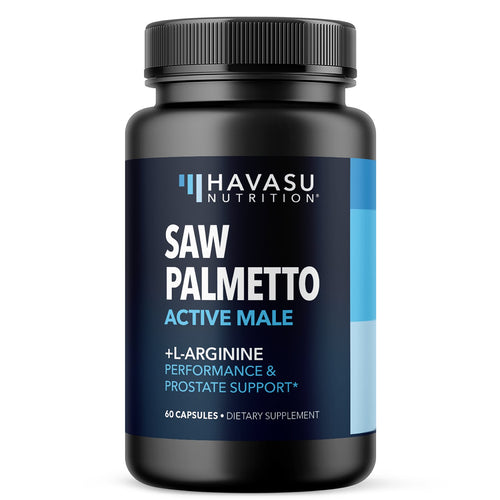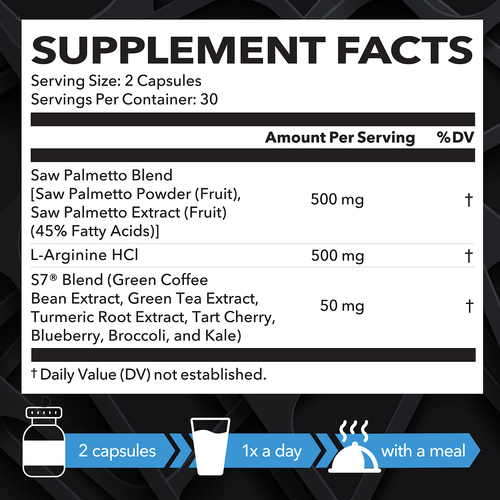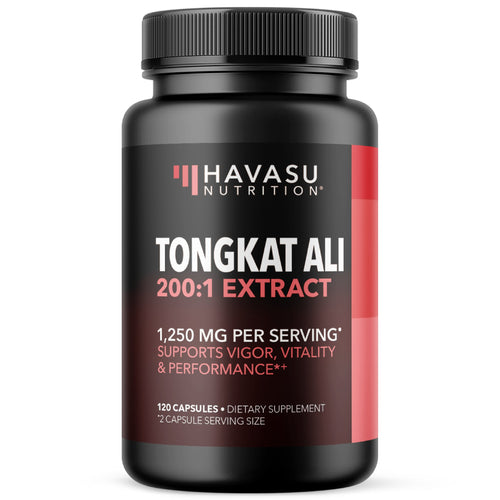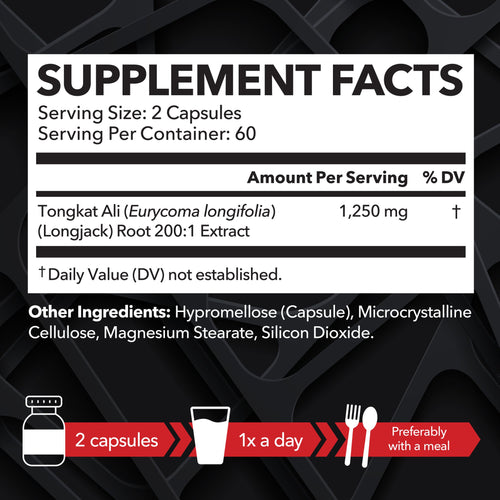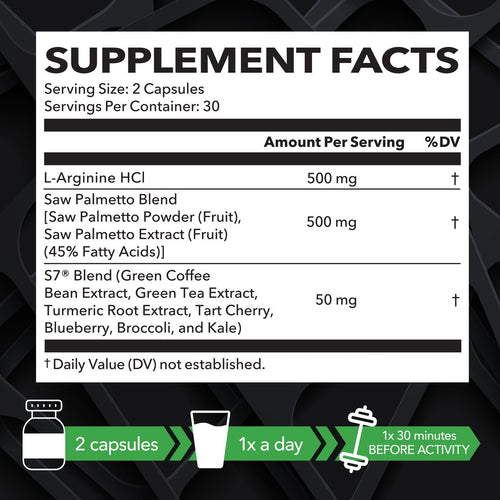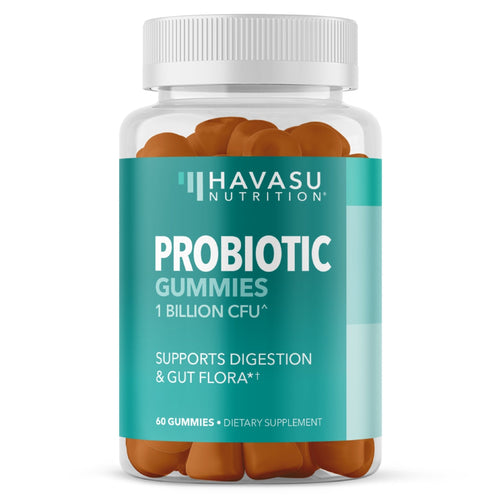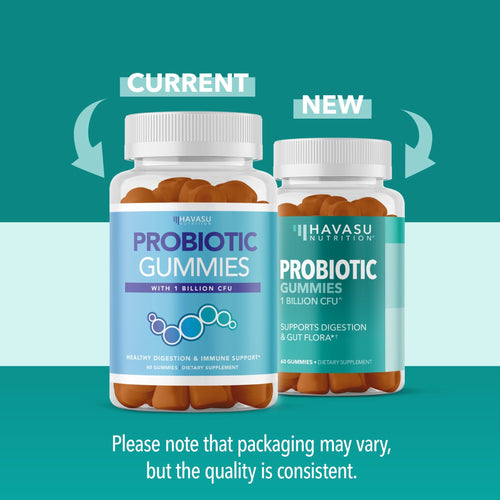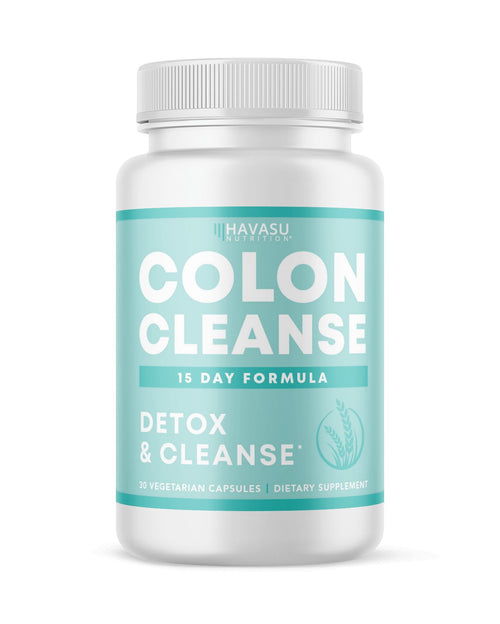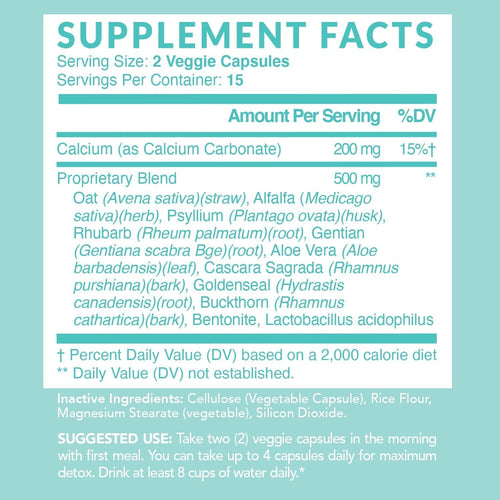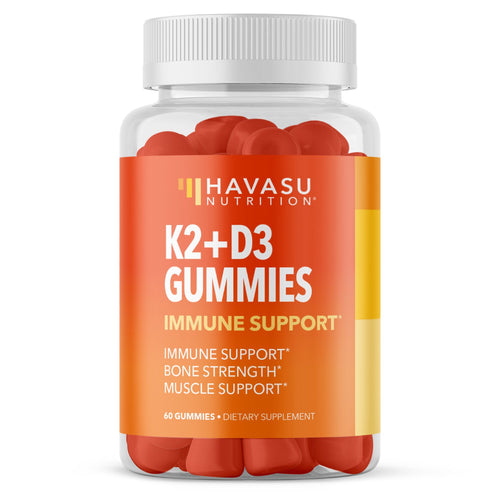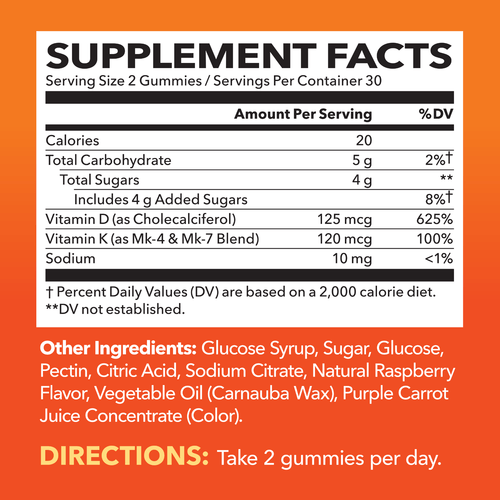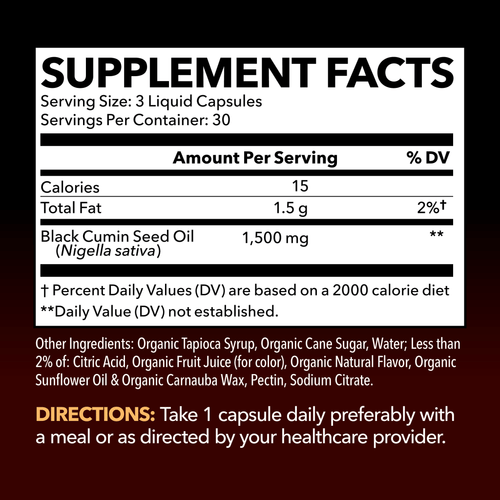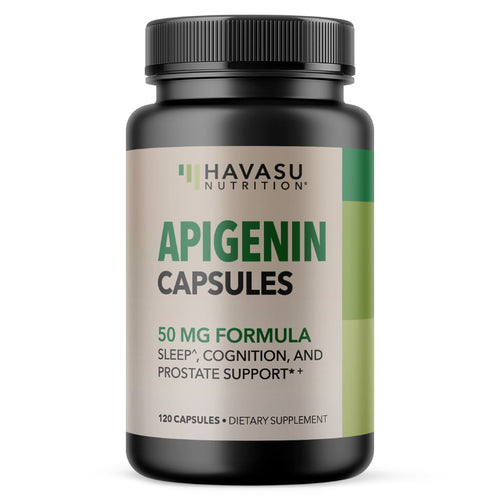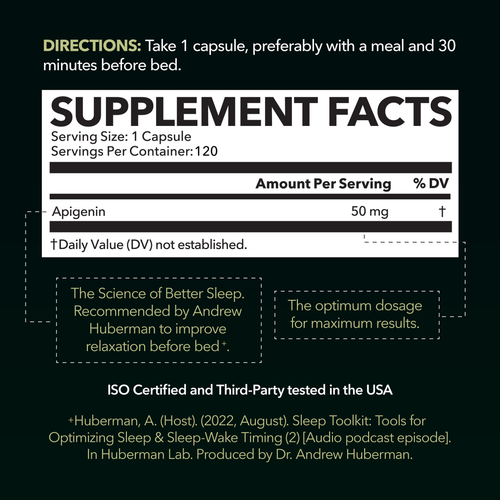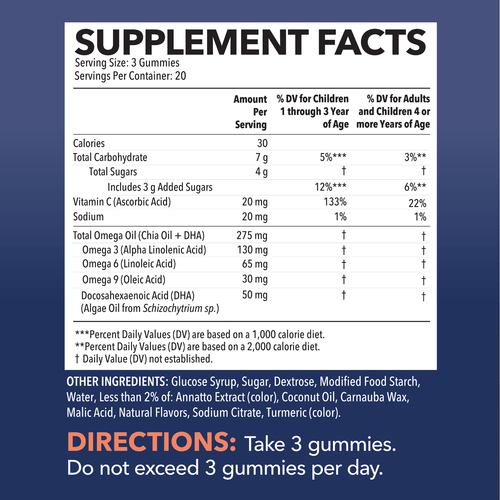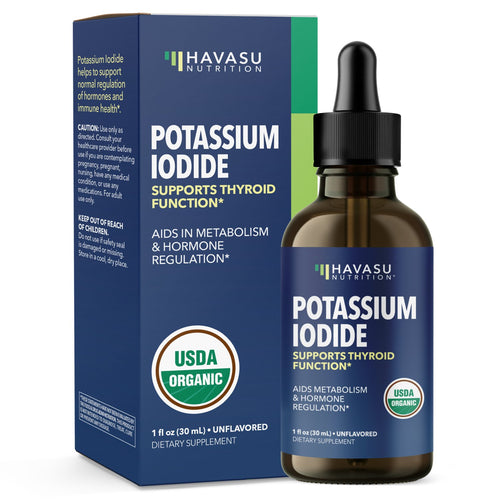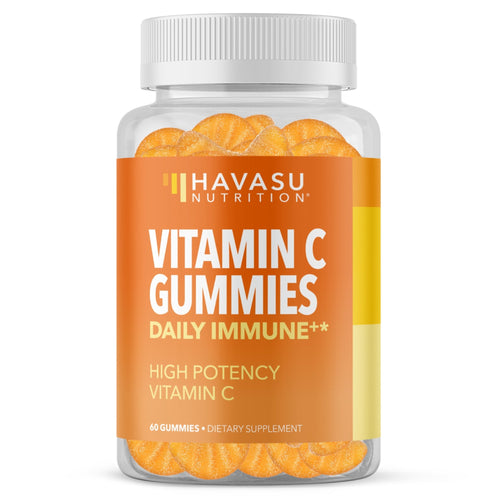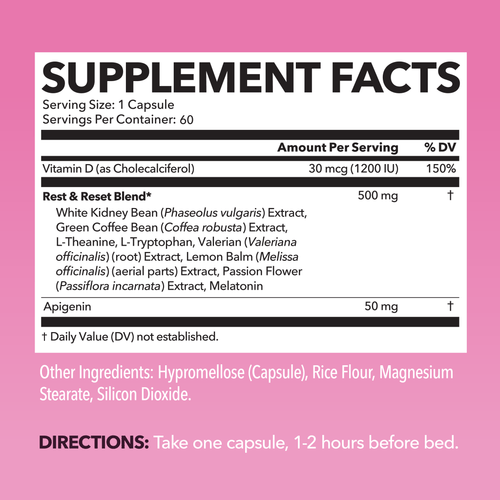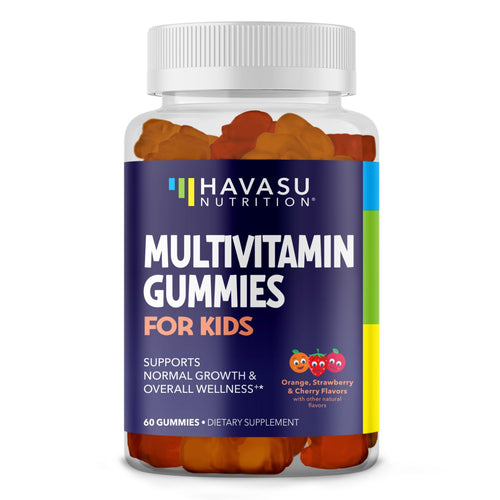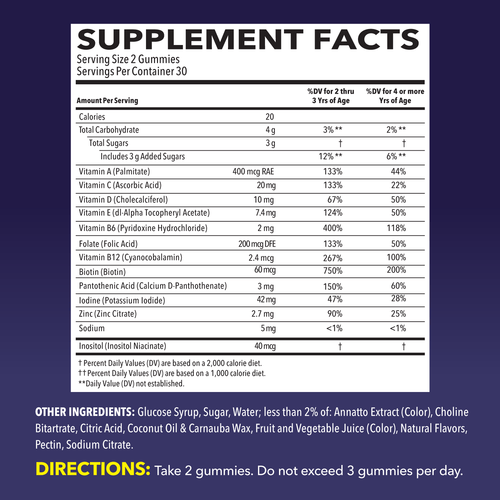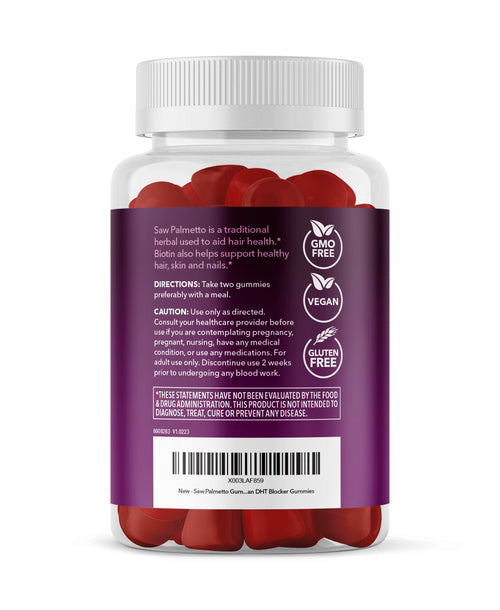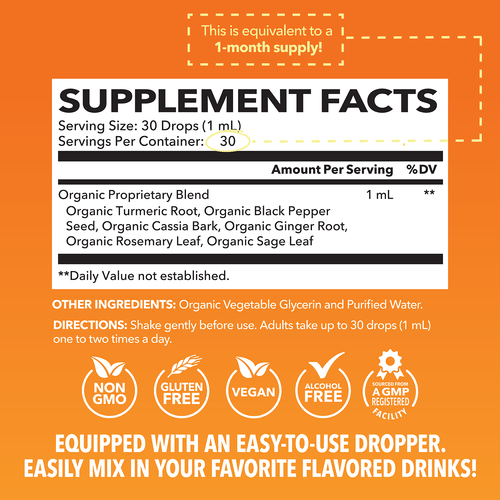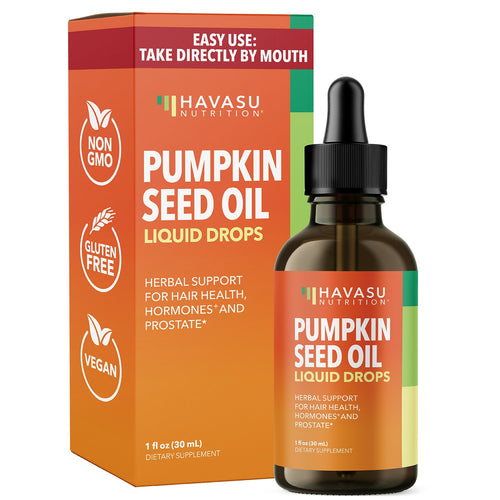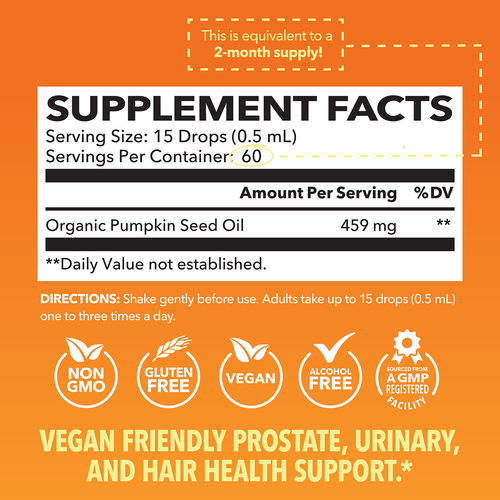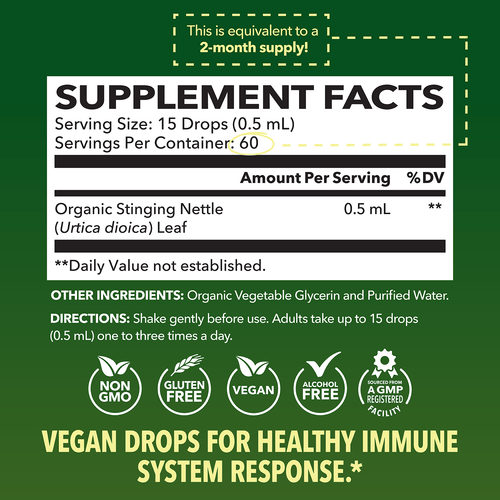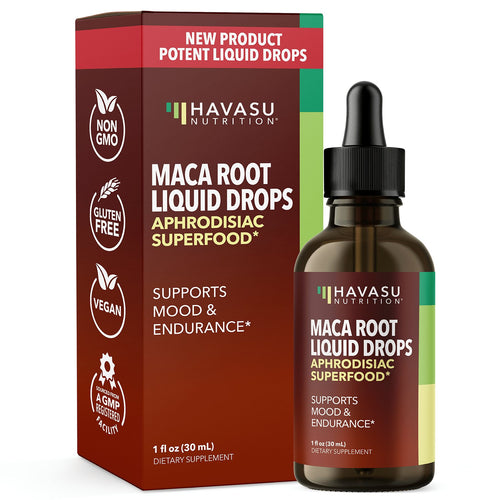7 Tips for Going Meatless
August 24, 2021
Cutting meat from your diet can help solve a lot of health-related issues, but there are several things you should consider before making the final decision to go meatless. Before we begin, let’s first look at the differences between the types of meatless diets:
- Plant-based or flexitarian diets include eggs and dairy and may include small amounts of meat, poultry, fish and seafood;
- Vegetarian or lacto-ovo vegetarian diets include eggs and dairy but exclude meat, poultry, fish and seafood;
- Vegan diets exclude all meat, poultry, fish, seafood, eggs and dairy.
There are a few other variations of meatless, or quasi-meatless diets, to include pescatarian (eggs, dairy and seafood), ovo-vegetarian (eggs, no meat or dairy) and lacto-vegetarian (dairy, no eggs or meat), but we’ll keep it simple and stick with the three basic types for now.
Because vegan, flexitarian and vegetarian diets eliminate the traditional sources of protein such as meat- and dairy-based foods, it’s important to up your intake of high-protein plant based foods like quinoa, legumes, pinto beans, pistachios and almonds. Havasu Nutrition’s Black Cherry Beet Root Powder is packed full of vitamins and nutrients plant-based diets tend to lack and the powder gives you energy and improves your overall health.

Don’t Go Cold Turkey
Preparation is important for any big change you make in your life. It’s better to spend a few weeks or even a month spiritually, physically and mentally preparing to make a big change like cutting meat from your diet. It’s a good idea to get acquainted with your local whole foods market, farmer’s market or vegetable stand, along with local vegan restaurants. Also get used to reading labels for hidden ingredients that could be considered a meat-based product.
Most seated restaurants already have some form of meatless options on their menus, but some fast food restaurants are now carrying Impossible burgers and other vegetarian-based options so take a look around town to get an idea of where you might want to eat when you go out. It’s also a good idea to research meal prep and pre-made meals for those busy days when you don’t have time to cook or when you are traveling out of town.
Get a Physical and Check Your Vitamin Levels
The latest research on gut health and holistic medicine shows that low vitamin levels, especially calcium and vitamins D, E, C and B-12 can cause a world of health issues including mental health problems such as depression and anxiety. Eating foods rich in these vitamins can alleviate these problems. It’s important before you make any major change in your dietary habits, including leaving meat behind, that you get a physical and get your vitamin levels checked so you can know if you need to supplement or eat more of a certain food to get the deficient vitamins your body needs.

Supplement, Supplement, Supplement
Some people are susceptible to iron deficiency, so if you find that you are tired more than normal, it’s important to get your iron levels checked. You may need to add an iron supplement and a multivitamin like Havasu Nutrition Multivitamin Gummies to your diet. Peanuts, pecans, walnuts, pistachios, roasted almonds, roasted cashews or sunflower seeds, broccoli, spinach and turnip greens are all foods that are rich in iron and also part of a plant-based diet. B-12 supplements will help keep your energy balanced, especially while transitioning to a plant-based diet.
If you choose to cut out seafood, then consider an Omega 3 supplement like Havasu’s Omega Plus DHA gummies. The combination of Omega 3, 6, and 9 with DHA supports organ function. They are flavored with natural orange and lemon flavors so they are super yummy, too. 
Soy is Your Friend
Tofu is a tried and true staple of a vegetarian diet but you can also add other soy foods such as edamame, which are soy pods that are steamed and seasoned. Shelled edamame combined with your favorite legumes, sprinkled with a little balsamic vinegar and EVOO makes a quick and easy (and yummy!) protein salad.
There are several options when switching out cow’s milk for soy milk -- or almond or rice milk -- so take your time figuring out which is the best option for you by looking at the ingredients and tasting them. Some are flavored with vanilla which helps if you are adjusting to the soy taste. How you typically consume milk should also be considered, since the texture is slightly different than regular cow’s milk, so you may want to start by substituting soy milk in smoothies and other mixed items as you transition away from cow’s milk.
Learn About Substitutes
Another way you can prepare to make the switch to a vegetarian diet is to make a cheat sheet of foods you can substitute for vegetarian-friendly foods. Shop for staples to stock your cabinets so you always have some items on hand like nuts, oils, seasonings, legumes and dried fruit. Nuts and dried fruit make excellent grab-and-go vegetarian snacks so it’s especially important to keep them in a surplus.
Prepare Your Kitchen for a Meatless Diet
It’s important to invest in a high-quality smoothie blender, kitchen knives for cutting vegetables and a vegetable spiralizer. Purchasing frozen cut or spiraled vegetables is convenient, but can be pricey and you don’t get the fresh flavor like you do if you cut them yourself.

More on Going Vegan
Should you decide to go vegan, only consuming plant-based food such as vegetables, fruits, legumes, whole grains nuts and seeds, then it’s important to plan your meals ahead and to make sure you are getting enough nutrients, vitamins, minerals and proteins to make up for what you might be missing in your diet. Also, planning ahead saves you the headache of having to scramble for vegan options, especially if you are out and about, since a drive-thru will likely not be an option.
Deciding to transition to a plant-based or meatless diet doesn’t have to be complicated or expensive. You can always dip your toes in the water by substituting or eliminating one item at a time, while also introducing new items to your diet. Following these tips will help you make sure your body, mind, and home are ready to transition to your new diet.




